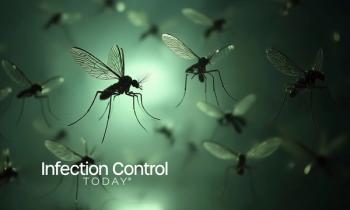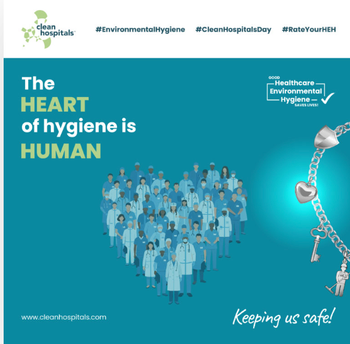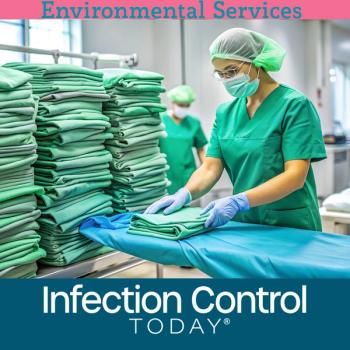
The Logic Behind Food Product Recalls
Consumers usually find out pretty quickly if the meat they're planning to throw on the grill has been recalled. What consumers may not be finding out about recalls and the inspection process, however, could make them doubt the effectiveness of what is actually a pretty good system to keep food safe, according to Kansas State University researchers.
Charles Dodd, K-State doctoral student in food science, Wamego, and Doug Powell, K-State associate professor of food safety, published a paper in the journal Foodborne Pathogens and Disease about how one government agency communicates risk about deadly bacteria like E. coli O157 in ground beef. Publications, Web pages and recalls are all used in this risk communication.
Dodd said that although the Food Safety and Inspection Service generally does a good job of keeping meat safe, it's easy for consumers to think the opposite, particularly when a recall tells them that the food in the fridge or pantry may be dangerous. In their study, Dodd and Powell looked at what information consumers can take away from the Food Safety and Inspection Service's Web site, and suggest government agencies can more clearly communicate their role in keeping the food supply safe.
"We as Americans tend to expect more from regulatory agencies than we should, so we set ourselves up for disappointment," Dodd said. "Occasionally, regulatory agencies may create unrealistic expectations by the way they communicate with the public. The message of our paper is to say that the Food Safety and Inspection Service is doing a good job, considering the amount of resources it has. We are trying to open up dialogue about how its role could be communicated more effectively."
The researchers said that it might be helpful for consumers to know a few things about the inspection process that can lead to recalls:
* Not all foods are recalled because someone has gotten sick. "As a consumer, when a recall occurs, I look to see how it was initiated -- from an outbreak or routine testing," Dodd said. "There's always testing involved, and if the recall is from routine testing, I think, 'This is great. The testing works.' If it's from a foodborne illness outbreak, I think, 'At least we caught it.'"
* When a meat recall occurs, the Food Safety and Inspection Service and industry probably are erring on the side of caution. "The amount of meat recalled is most likely more than the amount that may be contaminated," Dodd said.
* When food like ground beef, for instance, is tested by the beef processor or the Food Safety and Inspection Service, not every bite of meat is under scrutiny. Rather, a group of scientific experts have agreed on a sampling method that appropriately represents the product. Dodd said that it's kind of like automobile safety standards: There is a system in place to test the safety of your car, but that doesn't mean you're sitting behind the wheel of a car that was tested.
* Testing is just one tool that the Food Safety and Inspection Service uses. Its role is to monitor what other stakeholders are doing to keep food safe. "As a regulatory agency, the Food Safety and Inspection Service is monitoring food safety, not necessarily testing it themselves," Dodd said. "I think that's what a lot of us consumers misinterpret. We need to remember that regulatory agencies allocate, not assume, responsibility."
Newsletter
Stay prepared and protected with Infection Control Today's newsletter, delivering essential updates, best practices, and expert insights for infection preventionists.





